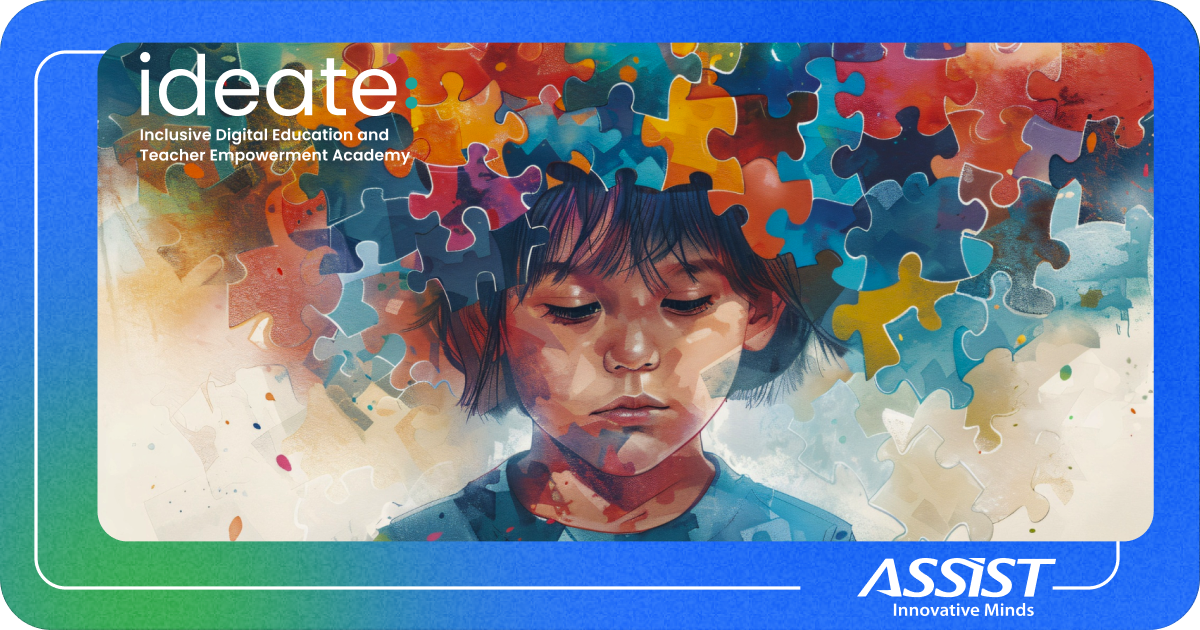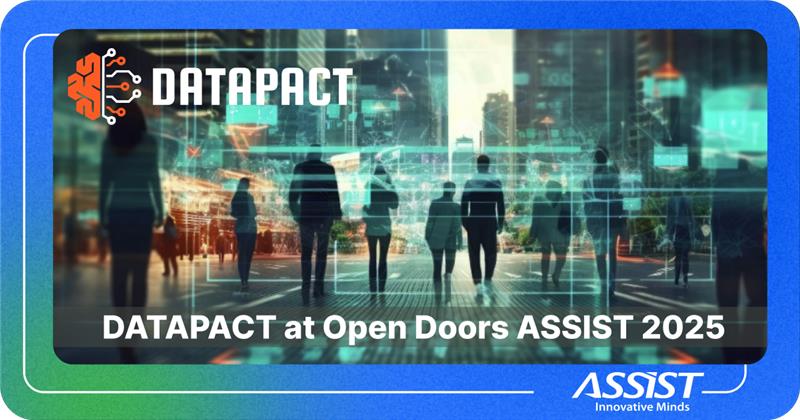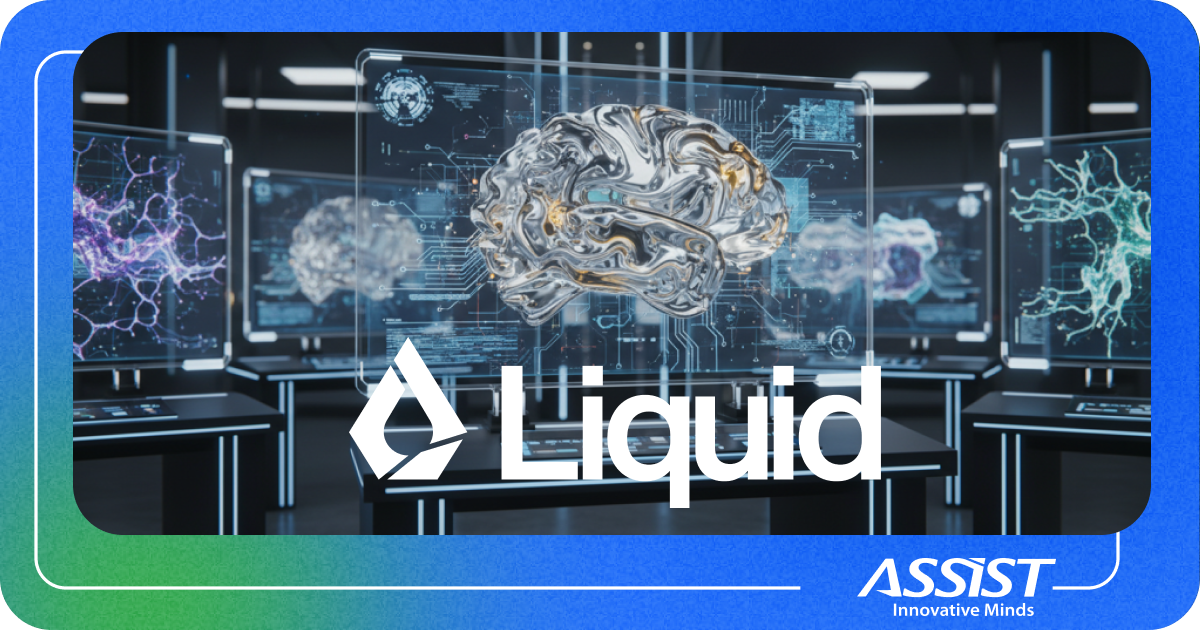Software Architecture in 2025. What Do Builders and Business Leaders Need to Know?
Software architecture in 2025 bears little resemblance to what we saw five years ago. Fueled by microservices, artificial intelligence, and the rise of low-code platforms, software development has never been more dynamic. For business owners, the appeal lies in faster time-to-market, reduced operational overhead, and new avenues for innovation. For developers, it's a chance to embrace modern paradigms that ease complexity and spark creativity.
From Monolith to Microservices—An Ongoing Transition
Monolithic architectures still linger in older systems, but the trend toward microservices is unmistakable. The CNCF Annual Survey 2023 indicates that 66% of organizations use Kubernetes in production, reflecting the widespread adoption of container orchestration platforms.
One key driver is the desire for faster feature deployment. Now, developers can independently update individual services without risking downtime in other system parts. Business owners reap the benefits through reduced maintenance costs and the capacity to pivot quickly in response to changing market needs.
AI-Assisted Development Steps into the Mainstream
Integrating AI-driven development tools is one of the most transformative shifts unfolding. Software engineers are already seeing the payoff: repetitive tasks—such as code refactoring and bug identification—become less time-consuming when machine learning models assist. On the business side, this translates to shorter development cycles and fewer costly errors. Startups and large enterprises recognize AI's potential to reduce staffing pressures, optimize performance, and unlock advanced predictive analytics within their software ecosystems.

Low-Code and No-Code Platforms at Scale
While traditional coding won't vanish, low-code and no-code platforms are undeniably rising. This technology empowers teams to prototype and roll out applications with minimal manual coding, streamlining internal workflows and fast-tracking digital transformation. For developers, these platforms free time for higher-level architecture tasks, complex integrations, and performance tuning. It offers a more direct way to shape software solutions for non-technical stakeholders without waiting in lengthy development queues.
Security as a Core Design Principle
Cybersecurity threats have escalated, and ignoring them is no longer an option. Many companies are embedding security at the architectural level, adopting "Zero Trust" principles and focusing on rigorous identity and access management. Developers increasingly leverage containerization and secure APIs to isolate services. Business owners benefit from safer transactions and fewer disruptions caused by breaches. In 2025, an architecture that lacks robust security will risk financial loss and reputational damage.

Composable Architecture for Rapid Adaptation
Composable architecture lets businesses pick and choose specialized components and integrate them rapidly. A Netlify's "State of Web Development" Report indicates that 48% of teams adopting composable web architecture experienced faster time-to-market. Developers appreciate the modular structure, which pairs well with microservices and serverless infrastructures. For business leaders, composability translates into agility: parts of the stack can be swapped out with minimal disruption, allowing companies to adapt swiftly to emerging trends or unforeseen challenges. This agility is particularly valuable in industries with fluctuating demand, such as e-commerce and financial technology.
As technologies continue to mature, the dividing lines between "tech concerns" and "business concerns" will blur further, uniting both groups around architectures engineered for resilience, efficiency, and growth. Embracing this convergence is the key to thriving in a marketplace that demands innovation—and rewards those who deliver it.



